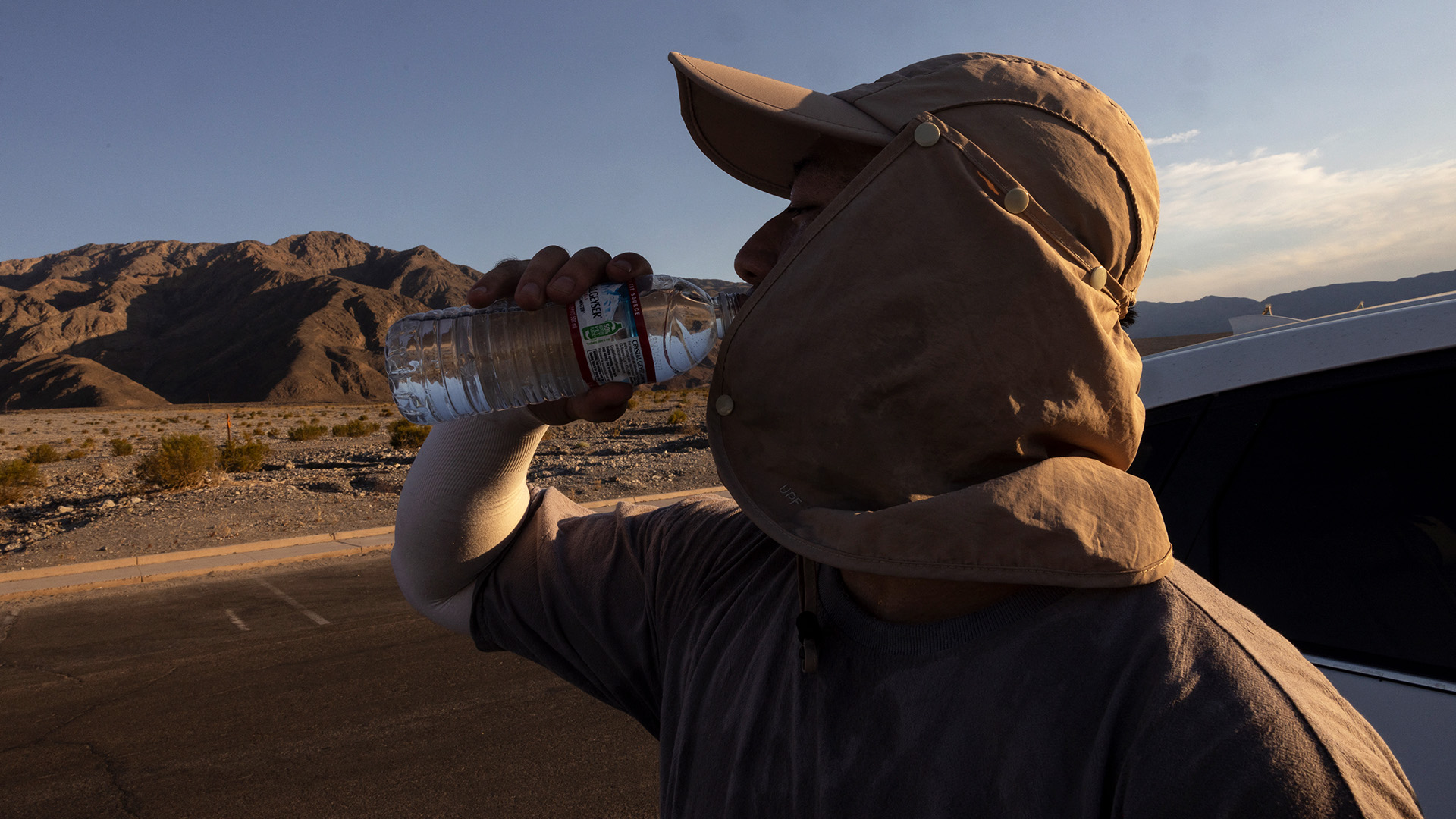Swordfish are moving north in Canadian waters

Canadian scientists and fishermen are tracking the northward movement of swordfish into Newfoundland waters, where the prized fish is being caught in large numbers on the Grand Banks and Flemish Cap.
What no one knows is if it’s the result of a warming ocean or a cyclical — and temporary — event.
“It’s still unclear whether this is becoming the new normal due to climate change or if the biomass will eventually shift back again as we think it did historically,” said Fisheries and Oceans Canada biologist Kyle Gillespie.
Nineteen-hundred tonnes of swordfish were landed in Canada last year. Nearly a third of the swordfish were taken off Newfoundland, where longline fishing boats from Nova Scotia trailed kilometres of baited hooks throughout much of the summer.
Gillespie said this is a rapid shift from the previous decade, when the entire Canadian catch was concentrated along the Scotian Shelf and Georges Bank off southern Nova Scotia.
“What’s particularly interesting when we analyze the data from Newfoundland is that for every thousand hooks, we’re encountering many more fish, and they’re larger in size,” said Gillespie, who is based at the biological station in St. Andrews, N.B.
Swordfish basking less
The distribution shift coincided with a collapse in landings in the harpoon fishery off southern Nova Scotia over the last three years.
Between 2011 and 2020, harpoon gear accounted on average for about nine per cent of the Canadian catch. Harpooners rely on the fact swordfish normally surface during the day.
One question is whether they are basking less because of warmer temperatures below the surface.
Industry veteran Troy Atkinson said swordfish were caught off Newfoundland 20 years ago and may have been under everyone’s nose all along.
Could swordfish have been here all along?
“We suspect the fish have always been on the Grand Banks, but it didn’t make economic sense to travel four days and incur extra expenses when you could fish closer to home,” said Atkinson, president of the Nova Scotia Sword Fishermen’s Association.
But he too wonders if this is permanent.
“If we continue to see reduced landings on Georges [Bank] and increased landings on the Grand Banks for the next five years, and it doesn’t revert back, then we’ll know,” he said.
Coral reefs in the Florida Keys have been decimated by disease, human activity and rising ocean temperatures. CBC’s international climate correspondent Susan Ormiston met the scientists engineering new coral in a lab and planting them in the wild to try to restore a critical ecosystem.
Swordfish follow the Gulf Stream up to Canada and feed on squid and other fish in the more productive cold water immediately adjacent to the warm Gulf Stream.
Gillespie and fellow Fisheries and Oceans scientist Alex Hanke want to know if the change in their distribution is linked to changes in the temperature gradient or shifts in the Gulf Stream’s movement.
Pop-up satellite tags
It may also have to do with prey that are not tracked as closely by DFO as other species.
“It’s likely a combination of water temperatures and other environmental and prey factors,” said Gillespie.
To track their movements, Gillespie planned to attach pop-up satellite tags on a dozen swordfish during a trip to Browns Bank and Georges Bank off southern Nova Scotia in September 2023.
But they did not see a single one in places that were harpoon hotspots six or seven years ago.
“Areas that were like clockwork when and where swordfish would be showing up at the surface are no longer,” he said.
Following swordfish movements
The swordfish-tagging operation will move to Newfoundland in 2024.
Satellite tags contain sensors that reveal location, diving patterns and water temperature.
When retrieved, they will allow researchers to follow movements over one year and compare that with oceanographic conditions.
Information that can be used to build models on habitat suitability for swordfish for entire ocean basins.
Gillespie is working with the National Oceanic and Atmospheric Administration in the U.S. and the Portuguese Institute for Sea and Atmosphere to build and validate such a model.
The tags may also help provide answers for the harpoon fishery.
“Have they altered their migration routes and are no longer on the Scotian Shelf or further out to sea? We’ll need to combine tagging tracks, dive patterns, water temperatures, and catch-rate data from various fleets to answer these questions,” said Gillespie.



;Resize=(620))
